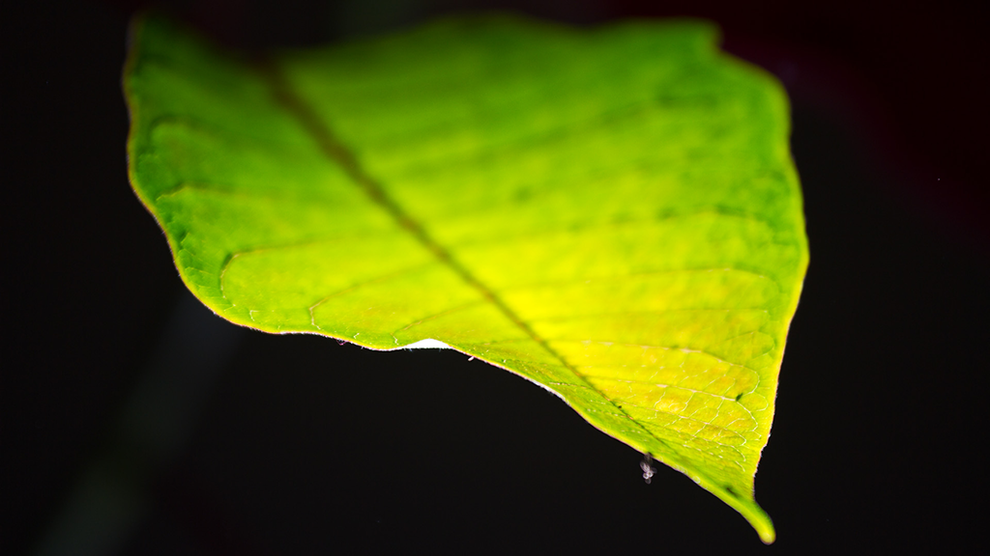Fuel production is costly and time-consuming, but the solution may be as simple as looking to nature.
Scientists at the University of Copenhagen have discovered that sunlight can act as a catalyst for the enzymes that help break down biomass—plants or plant-based materials that are not used for food or feed.
Here’s Lonnie Shekhtman,
Researchers have discovered that monooxygenases, enzymes already widely used to make bioplastics and biofuel—a clean-burning fuel, or ethanol, made from agricultural waste instead of petroleum—work significantly faster and more efficiently when exposed to sunlight. The enzymes break down biomass to release sugars from plant fibers which are then fermented into ethanol. But without sunlight, the process takes a long time.
The scientists, who reported their findings Monday in the journal Nature Communications, say that the enzymes they experimented with were able to do their work 100 times faster after both sunlight and the energy-producing molecule chlorophyll were added. Chemical reactions that normally might have taken a full day took only 10 minutes in the team’s lab.

“Reverse photosynthesis,” as the researchers call it, isn’t just a manmade process. Some fungi and bacteria use it to access sugar and nutrients in plants. For humans, it may also be useful in breaking down the chemical bonds between carbon and hydrogen so as to convert plant-sourced methane into methanol, a liquid fuel.
Beyond just breaking down biomass, burning fresh biomass also captures CO 2 that’s circulating today. Here’s Tim De Chant, reporting for NOVA Next back in December:
From a climate perspective, biomass energy is appealing because it burns plants, which suck CO2 out of the atmosphere as a part of everyday life. We don’t need to build specialized structures to capture CO2—we can let plants do it for us.
When done right, burning biomass is almost carbon neutral, where the amount of CO2 it emits is balanced by the CO2 plants absorb. The caveat is that the biomass has to be appropriately harvested or grown, with a focus on organic waste and quick-growing plants. Slow-growing hardwoods and old growth forests are definitely out of the question. “If you cut down a 100 year old rainforest, then it could take up to 400 years to pay back that debt, to make up for all that biomass that was standing perfectly happy in the Amazon,” says Daniel Kammen, director of the Renewable and Appropriate Energy Laboratory at the University of California, Berkeley.
In this way, bioenergy relies on efficiency—and once there’s more research into how this process works, introducing light may help speed things up.

